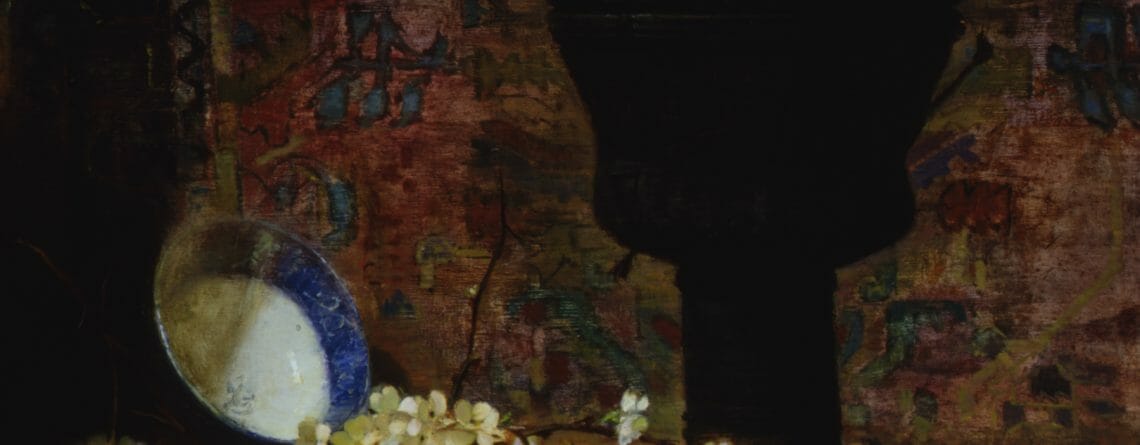The Science of Color for Artists to Paint

What is the Science of Color? What is the temperature of color? How can I tell if a color is warm or cool?
When one thinks of the science of color, they think of how colors will impact emotions and depth. When considering warmth, one thinks of fire. The colors that represent fire are Reds, Yellows, and Oranges. Conversely, when one thinks of coolness, visions of a winter wonderland appear, and an artist would chiefly represent this with whites, blues, greens, and blacks.
That said, you can have a warm or cool blue; a warm or cool red; and a warm or cool yellow, etc. The most important thing is paying attention to your painting. Is it doing what you intend? There is an endless variety of comparisons of temperature, but ultimately, the only thing that matters is this: Are you achieving what you want in your painting and how can the science of color help you?

What do warm colors do in the light ?
Warm colors in the light come forward. To make a nose come forward from the cheeks in a portrait, make it richer (more) than the cheeks. Also, the nose is a smaller form than the cheeks and doesn’t “hold” light in the same way as the flat planes of the cheeks, which hold more light. Making the nose more colorful and darker than the cheeks has the effect of making the nose “more” than the cheeks (more color and slightly darker), which makes it appear to be dimensional. This is how painters for centuries have created the illusion of 3D on a 2D surface.
Do I have to know the science of color in order to learn to paint?
Artists don’t have to be scientists to learn to paint. What they DO need to know when it comes to the science of color, is how dimension is created on a flat surface though the use of warms and cools. Discover art classes for more info.
How can I use color to give the illusion of something real on a canvas?
Artists manipulate warm and cool colors to give the illusion that form is advancing and receding. That is how artists for centuries have decoded the world in oil paint to make something on a flat surface seem real.
Does the color of my background affect the perception of temperature?
Your perception of color is also affected by the background color as well. If a color in your subject is neutral and you have a neutral umber or greenish background, then it will recede because it relates to the background, which is already receding. The opposite is also true: anything warmer in the foreground will appear to advance, giving an instant feeling of dimension to the surface.
What do cool colors do in the light?
Cool colors in the light recede. For example, since the neck recedes, if you paint it a cooler color than the warm, advancing color in the face, then it will appear to go back into space, thus creating dimension. The use of warms and cool colors in a painting is the device to create a feeling of space on a flat surface.
What do colors do in the shadow?
Color works in the opposite way in the shadow: cool colors come forward and warm colors recede. If you look at a shadow under a table, you can see that there is depth as it goes back. To achieve that effect make your shadows warm. But if you want something to come forward in a shadow, use a cool color and it will advance.
Try experimenting with cools and warms in your painting and you’ll see why color temperature has fascinated artists for centuries!



Leave a Reply
You must be logged in to post a comment.